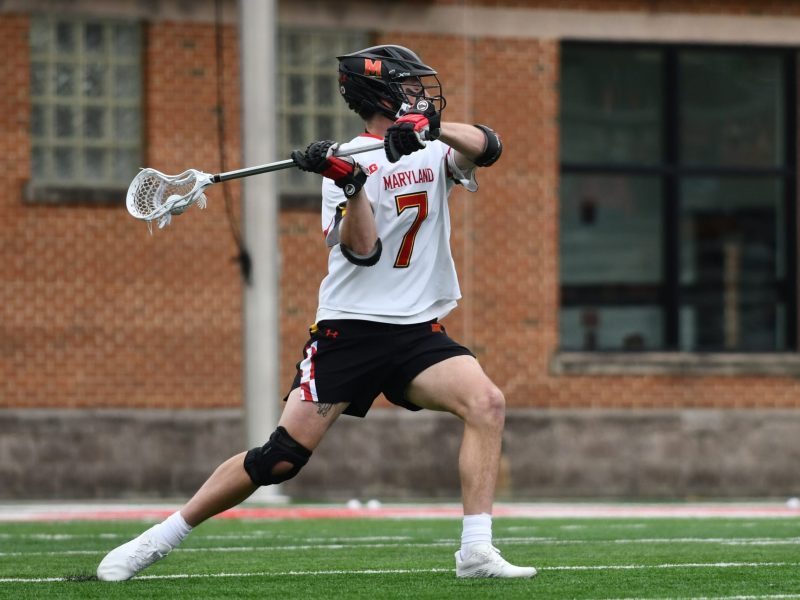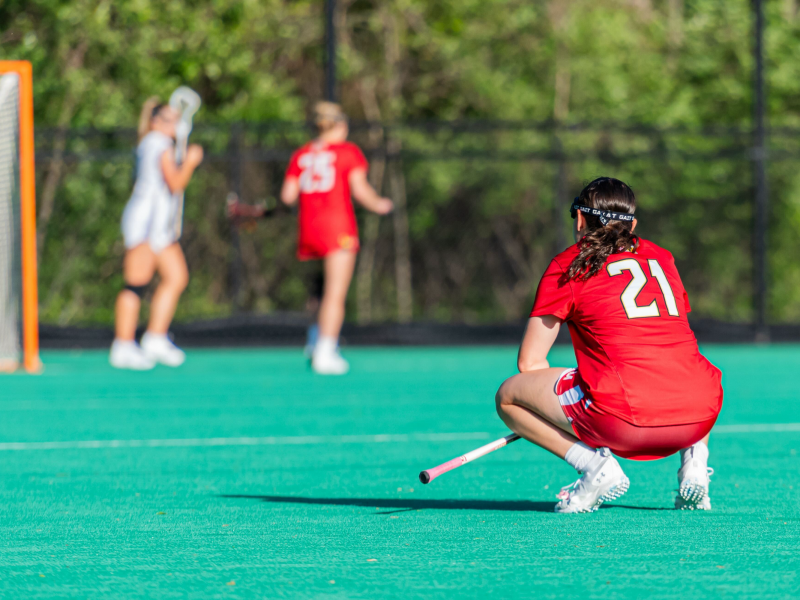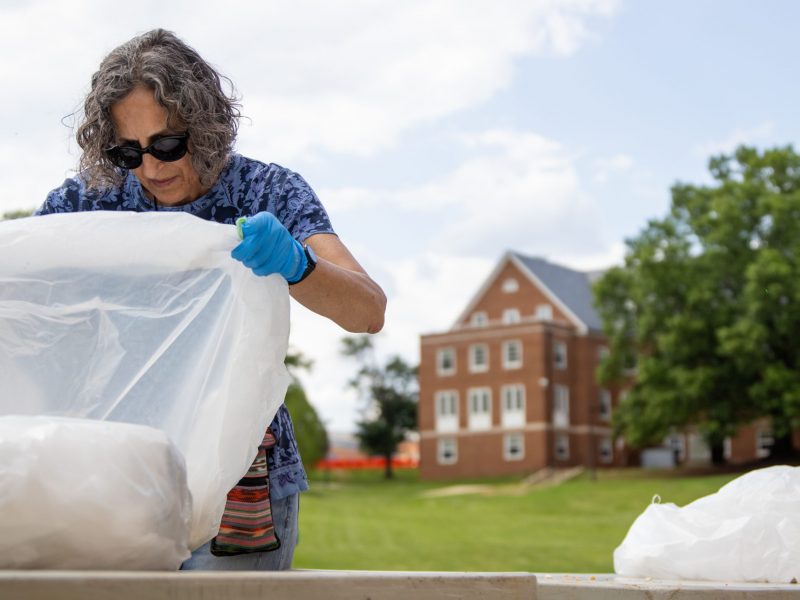Apparently, a horde of white-haired, curmudgeon news reporters and editors have taken it upon themselves to analyze and criticize Saturday’s postgame celebratory riots — all without leaving the confines of their plush Baltimore and Washington high-rise offices. It’s elitist journalism at its worst, and it could potentially have an enormously negative affect on the university’s reputation nationwide. It appears some media want a sensational story and are willing to demonize students to get it.
Of the 14 people Prince George’s County Police arrested in relation to Saturday’s riots, only half are current university students. Some of those students said they were wrongfully arrested. Many of those arrested during the 2002 national championship riots were not students either. We do not condone illegal and destructive behavior, but the majority of those out Saturday night were not active participants in it and were only out celebrating a Terrapins’ win. An estimated 3,000 people were on Route 1. Even if they were all university students, which we know they weren’t, that would be less than one-tenth of the student body. And of those 3,000 people, less than one-half of 1 percent were charged with a crime.
One wouldn’t get that impression from some local media. Some students said a local television station used file footage of the more destructive 2002 riots without identification in its story about Saturday’s celebration, giving the impression that students were doing damage to area businesses (which they weren’t). The Washington Post and The (Baltimore) Sun, while continually failing to present substantive coverage of the university in general or students specifically, are more than happy to vilify students on their editorial pages.
One also wouldn’t get the impression of the relatively controlled student body from the condemnation of some university officials. Never mind that the university has yet to offer any sort of alternative to celebratory riots. It’s like university officials expect students to get pumped up for a big game and, after the Terps win, just head back to their dorm rooms and study.
This university’s students are not the only ones who hold celebratory riots, either. Iowa State University disciplined 15 students for rioting last April. Ohio State University students are notorious for their riots. And much of the city of Boston turned to rioting after the Patriots 2004 Super Bowl win and after the Red Sox’s American League Championship victory last fall.
If university officials and local media want to see an end to celebratory riots on Route 1, they need to offer creative alternatives. More importantly, however, they need to stop viewing this university’s most valuable asset — the student body — as its greatest liability.


